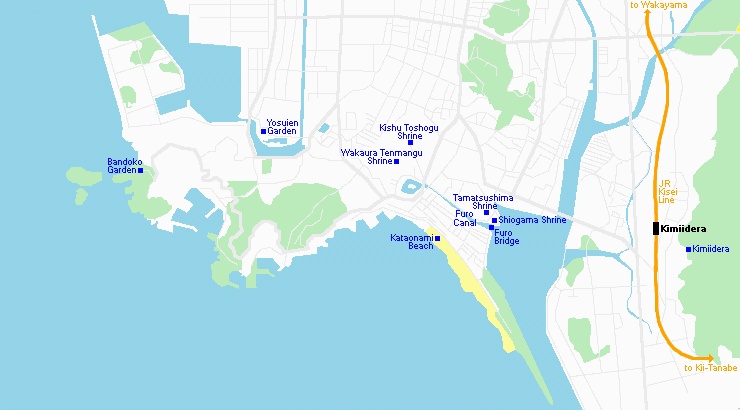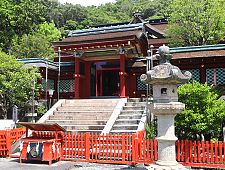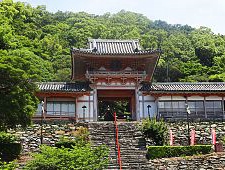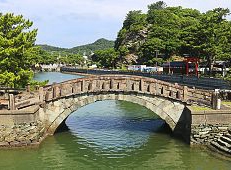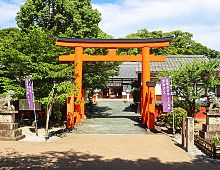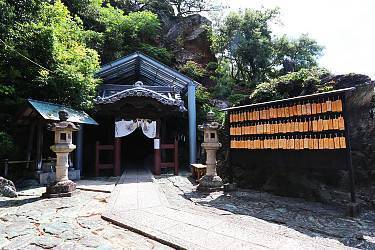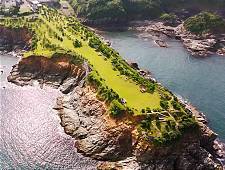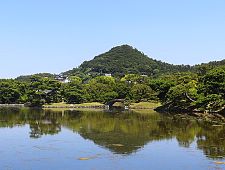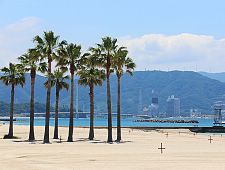Wakaura

Wakaura (和歌浦) is the area immediately south of Wakayama City, along the west coast of the Kii Peninsula. Today, it makes for an ideal half-day trip from Wakayama with some very attractive coastal scenery, a pleasant stretch of sandy beach and a number of culturally significant sites.
Known since ancient times for its natural beauty, it became popular with artists and members of the aristocracy during the Nara and Heian periods (710-1185). The beginning of the Edo Period (1603-1868) brought further prosperity as roads improved and travel became safer, with Wakaura becoming a popular destination for leisure and pilgrimage to the important temple of Kimiidera. Meanwhile, Wakayama - taking its name from Wakaura - grew into a prosperous castle town governed by one of the main three branches of the ruling Tokugawa family, and it was during this time that several of its best known landmarks like Kishu Toshogu Shrine and the Furo Bridge were constructed.
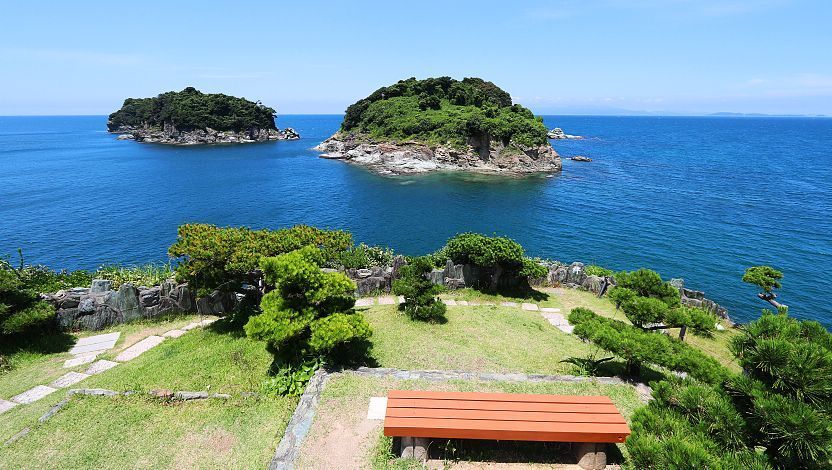
Attractions around Wakaura
Dotted around the area are a number of attractive temples and shrines, in addition to two gardens connected to the region's feudal history.
Getting there and around
Getting there
From Nankai Wakayamashi or JR Wakayama stations, take a local bus bound for Medical University Hospital (23), Shin-Wakaura (24) or Marina City (122) and get off at Wakaura Bus Stop. The journey takes about 20 minutes from Nankai Wakayamashi Station, 25 minutes from JR Wakayama Station and either way costs 390 yen. There are regular departures.
Alternatively, from Wakayama Station take a local train on the JR Kinokuni Line bound for Minoshima and get off at Kimiidera Station (6 minutes, 190 yen, 2-3 departures per hour). From the station, Wakaura's various attractions can be reached in 10-20 minutes by taxi.
By taxi, the journey from either Wakayama or Wakayamashi Stations takes about 20 minutes and costs around 2,500 yen.
Getting around
Due to limited public transport, a rental car makes exploring the area much easier, especially for Yosuien and Bandoko gardens which are located some distance away. Good walkers however should be able to cover the Furo Bridge and all four shrines, all of which are within 15 minutes' walk of each other.
